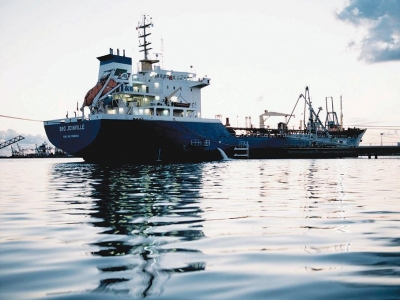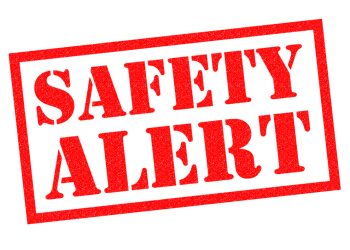Existing specifications still facing problems
New global bunker fuel specifications released this month by the International Organization for Standardization or ISO are unlikely to be taken up by the industry for “a few years” with existing specifications still facing problems, several Singapore-based traders said Thursday.
The new ISO 8217:2012 specifications were published on August 15, the fifth edition of ISO’s marine fuel specifications. The previous edition was ISO 8217:2010, and those specifications are still rarely used by the bunker industry.
The latest specifications introduce only one new element – adding a test method, IP 570, for hydrogen sulfide content in marine fuels, including RMA, RMB, RME, RMG and RMK.
For all those grades, ISO had previously specified an upper limit of 2 mg/kg of hydrogen sulfide but stated that the limit would not be effective until July 1, 2012. It had not, however, specified a test method, leaving the issue somewhat open.
The guide states: “H2S is a highly toxic gas. Exposure to high vapour concentrations is hazardous and in extreme cases can be fatal. It is critical that shipowners, operators and other responsible parties continue to maintain appropriate safety practices designed to protect the crew and others who can be exposed to H2S.”
One Singapore-based trader said Thursday that his company was still studying the new specifications. But the H2S addition did not seem to be a “concern,” he added.
“The industry already adheres to a limit on H2S because it kills people,” he added. “Even though it is not included in most contracts, most ships can measure the levels of H2S, and Singapore’s terminals already specify a limit on it of 100 ppm using a vapour phase test.”
Another Singapore-based trader said: “The market has not even fully moved to 2010 as yet so it would take some time before we move to 2012.”
On July 1, the Maritime and Port Authority of Singapore made ISO 8217:2010 specifications the default standard for contracts unless otherwise stated. Most bunker contracts, however, still use the older ISO 8217:2005 specifications, which are less onerous with regard to metals content.
Earlier this year, suppliers in the Singapore bunker market said there was little demand for the ISO 8217:2010 specification in the last six months, attributing the slow take-up rate to the higher premium. The premium that shipowners can expect for the ISO 8217:2010 standard is around $2-20/mt.
And this still holds true. “Shipowners are suffering, so they do not want to pay any more,” a trader said.
“We have to remember that ISO is not mandatory globally, and buyers and sellers will still need to agree on the details of the bunker specification they are buying and selling. That said, sellers and buyers can agreed to omit certain bunker specifications,” another trader said, making it unlikely that there will be any desire in the near term to adopt the ISO 2012 specifications.
Source: Platts






























































